Philips: from Electronics to Medical – Memory Coupon Note
(Publication date December 23, 2016)
Introduction
Last week, we published an article on Philips (Medical). The company’s transformation seems to be completed after the IPO of Philips Lighting and the sale of Philips Lumileds. From an electronics conglomerate, the company transformed into a specialist in the field of medical technology. We discussed in this article, the outlook for the company and the share and showed a chart which could be read as a technical buy signal.
Memory Coupon Note on Philips
But not everyone is interested in the shares as an investment. To that end we already mentioned the existence of a so-called Memory Coupon NoteNaast normaal schuldpapier wordt hiermede ook gedoeld op effecten op grondstoffen of andere onderliggende waarden waarbij in het product een obligatiecompenent is verwerkt. Copyright Vladeracken issued by BNP Paribas with the underlying Philips shares.
Memory Coupon Notes – The principle
A Memory Coupon NoteNaast normaal schuldpapier wordt hiermede ook gedoeld op effecten op grondstoffen of andere onderliggende waarden waarbij in het product een obligatiecompenent is verwerkt. Copyright Vladeracken is a bond with a “memory”. This type of loan is issued with a fixed coupon, but whether the coupon is paid out depends on the closing price of the underlying stock on the coupon date. This rate is called the coupon limit. If in a year the share is trading below the coupon limit, you will not be paid interest. But the interest payment may only turn out to be postponed. Because when a year later the share price quotes above the coupon limit, you not only receive the interest of that year but also all interest payments from previous years that were not paid until then. In that sense, this type of bond is “cumulative.”
But the fly in the ointment is the repayment condition. As long as the price ends above the coupon limit on the maturity date there is nothing to worry about. You will then be paid the interest and 100% of the principal. But if the share price ends below the coupon limit, you receive only a portion of the principal return and you get paid no interest. Moreover, all the interest that has not yet been paid in prior years shall be canceled.
The redemption price of the bond is up to 100%. But the rate of repayment can also turn out to be significantly lower. To determine the exact maturity value, the “initial value” is important. The initial value is the price of the underlying share at the time of issuance of the bond (this rate is recorded at inception by the issuer and published as such). But now it comes. If the price on the day of redemption is below the coupon limit, you will get fined for the loss of share price (not the bond), measured relative to the initial value. Below the coupon limit the MCN thus acts as a reverse exchangeable (or reversed convertible).
Earlier, we wrote extensively about Memory Coupon Notes BNP on Royal Dutch. In this piece we gave an overview of the currently outstanding MCNs issued by BNP.
But we will now explain the principles outlined above using the Memory Coupon NoteNaast normaal schuldpapier wordt hiermede ook gedoeld op effecten op grondstoffen of andere onderliggende waarden waarbij in het product een obligatiecompenent is verwerkt. Copyright Vladeracken BNP on Philips as an example.
Memory Coupon Note on Philips
This loan was issued by February 16, 2015 with the following terms / definitions:
ISIN code: XS1183469391
Coupon: 8%
Underlying share: Philips
Initial: € 24.535 (Philips closing price on February 16, 2015)
Coupon Limit: € 19.95
Coupon Date: February 16
Maturity date: February 16, 2018
Customer: BNP Paribas SA (rated A +)
Minimum denomination: € 1,000
Exchange listing: Euronext Amsterdam
On February 14, 2016 the closing price of the Philips share was € 22.85. That’s more than the coupon limit of € 19.95 and thus BNP paid the coupon. If at that time the bond would have matured as well, you would have received 100% of the nominal value as repayment. Notice that it does not matter whether the share traded above € 24.535, the initial value. Getting back 100% is based on the share trading above the coupon limit, which is € 19.95.
The lowest level at which Philips shares traded since the bond was issued, is € 20.48 (on 29 September 2015). That’s still above the coupon limit, no problem therefore, one might say.
Negative scenario
But let’s assume the share trades on February 14, 2018 at € 18. That is below the coupon limit defined on the date on which the redemption price of the bond was established. In that case you will not receive (to start with) the coupon on February 16, 2018, nor any coupons that may have been delayed in prior years. But moreover, the bond will not mature at 100%, but only at 73.36% of the principal.
For € 18 is less than the coupon limit of € 19.95. So, we look at the loss relative to the initial value of € 24.535. A decline from € 24.535 to € 18 means a loss of 26.36%. 100% minus 26.36% = 73.36%. Thus the repayment value at maturity is set at 73.36% of the principal amount of € 1,000 each.
And this loss can increase to 100% of your investment, namely if and when Philips shares drop back to € 0.
Memory Coupon Notyes are of the “dirty” type
MCN’s are of the “dirty” type. When buying and selling of this type of bonds you will see no interest settlements on your bank transaction statement. Also in the portfolio you will not see any interest build-up. That’s because the interest is you pay when buying the bond is part of the price of the bond. In our example, the MCN on Philips, on February 16, you will see the price of the bond fall by 8 percentage points if the interest payment actually takes place. This particular bond currently has a price of 109.70% to 110.7% (bid versus ask price; your selling price versus your purchase price on the exchange; the difference of 1% is the spread BNP receives for maintaining a market in these securities). At that price on February 15, you will see the bond price fall to 101.7% – 102.7% on February 16 at the opening.
Then, after February 16, 2017, during the time leading up to February 16, 2018 (in theory) the bond price will gradually rise up to finally 108%, provided, of course, the share price remains above the coupon limit.
Effective yield
With this knowledge, one can calculate a yield. You buy, after all, at 110.7% and receive, if all goes well, twice 8% and once 100% in return. On December 20 we calculated that the implicit interest build up within the bond price is 6.73%. Of the 8% that will be paid on February 16, 2017 6.73% has already accumulated since February 16, 2016. The actual price, excluding interest, of the bond thus stood at 103.97%. A bond that pays 8% interest during a year and two months at that price has an effective yield of 4.39%!
That’s a nice deposit!
Warning
But mind you, you do not have a deposit, you have a bond with an equity component in this case. The yield of 4.39% is valid only if the price of the Philips share on February 16, 2018 ends above € 19.95! Memory Coupon Notes are not for nothing defined by the regulators as “complex products”.
Technical position
And that still means you have to build a “stop loss” here. So we go back to the Philips price chart from our previous article. But now we have entered at the bottom of the chart the price development of the bond discussed above.
Figure 1 (taken from the Dutch version of the article).
The share has already been trading for three years within a band between € 20.7 and € 28.3. The move upwards is still not a fact, but it seems to be in the verge of happening. We would like to set a stop-loss limit for the price of the share of approximately € 26. This boundary we derive from the chart, because it coincides with four peaks. Is the price below, one can consider selling the bond to avoid the risk of further price falls. There is theoretically a line imaginable along which the price of the bond must grow until the redemption takes place. That line rises at a rate of 0.75% per month measured from 100%. That line could serve as a stop-loss limit for the bond. We do not advocate this and not show this line in the chart. Because the theoretical pricing of the bond is a much more difficult task, depending on many more factors, which would then also have to be taken into account when calculating the theoretical stop-line and this would make the line drawn quite incomprehensible. We therefore prefer the simplicity of the price chart of the underlying share.
The graph also shows the effect of an interest payment (see the arrow pointing to February 16, 2016.
No dividend and conclusion
Incidentally, this bond has still another disadvantage. If the price of Philips increases, then the bond only benefits partially. After all, you will not receive dividends and eventually receive up to 100% redemption at maturity. This bond is not an alternative to the share if you would want to profit from a price increase to well above € 28.30. If you go for the capital gain on the share, select the share or derivatives on the stock. This loan is only a solution for those seeking a short-term interest-bearing investment.
The Hague, December 23, 2016
Gijsbrecht K. van Dommelen
Vladeracken Asset
Disclaimer
The author is responsible for the investment policy of Vladeracken BV, an asset management company licensed by the AFM. Vladeracken invests and / or invested in the securities discussed herein for its clients. This piece is not an investment advice. Whomever trades and / or invests in the securities discussed herein and in accordance with method(s) discussed does so at his own risk and expense. In this context, the author and Vladeracken BV disclaim all responsibility for the contents of this article. The securities discussed represent a high risk.


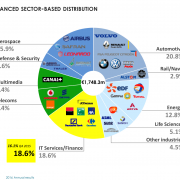
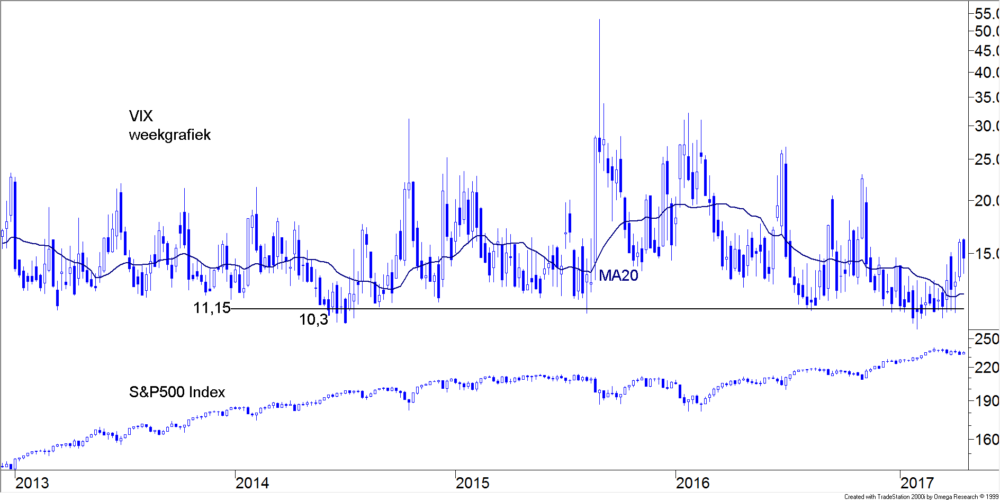
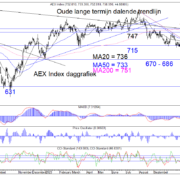
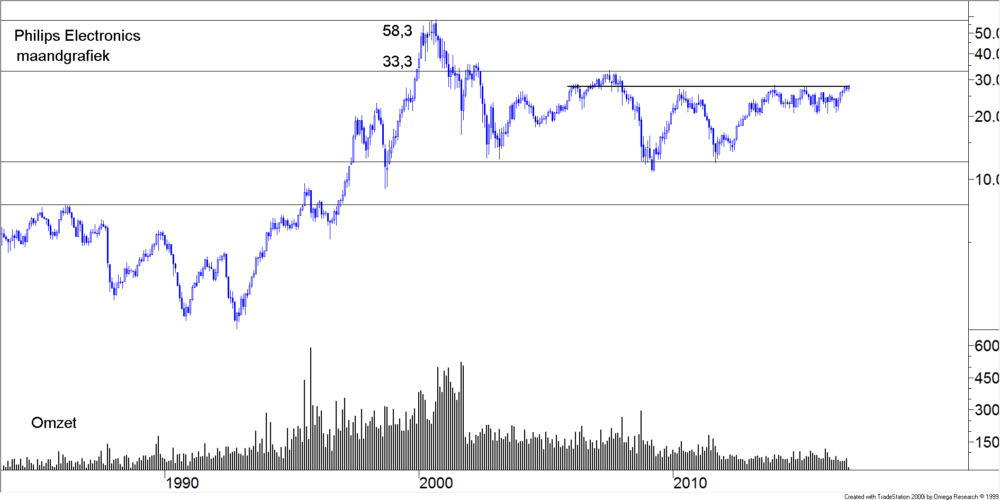
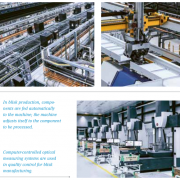
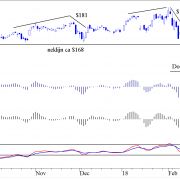
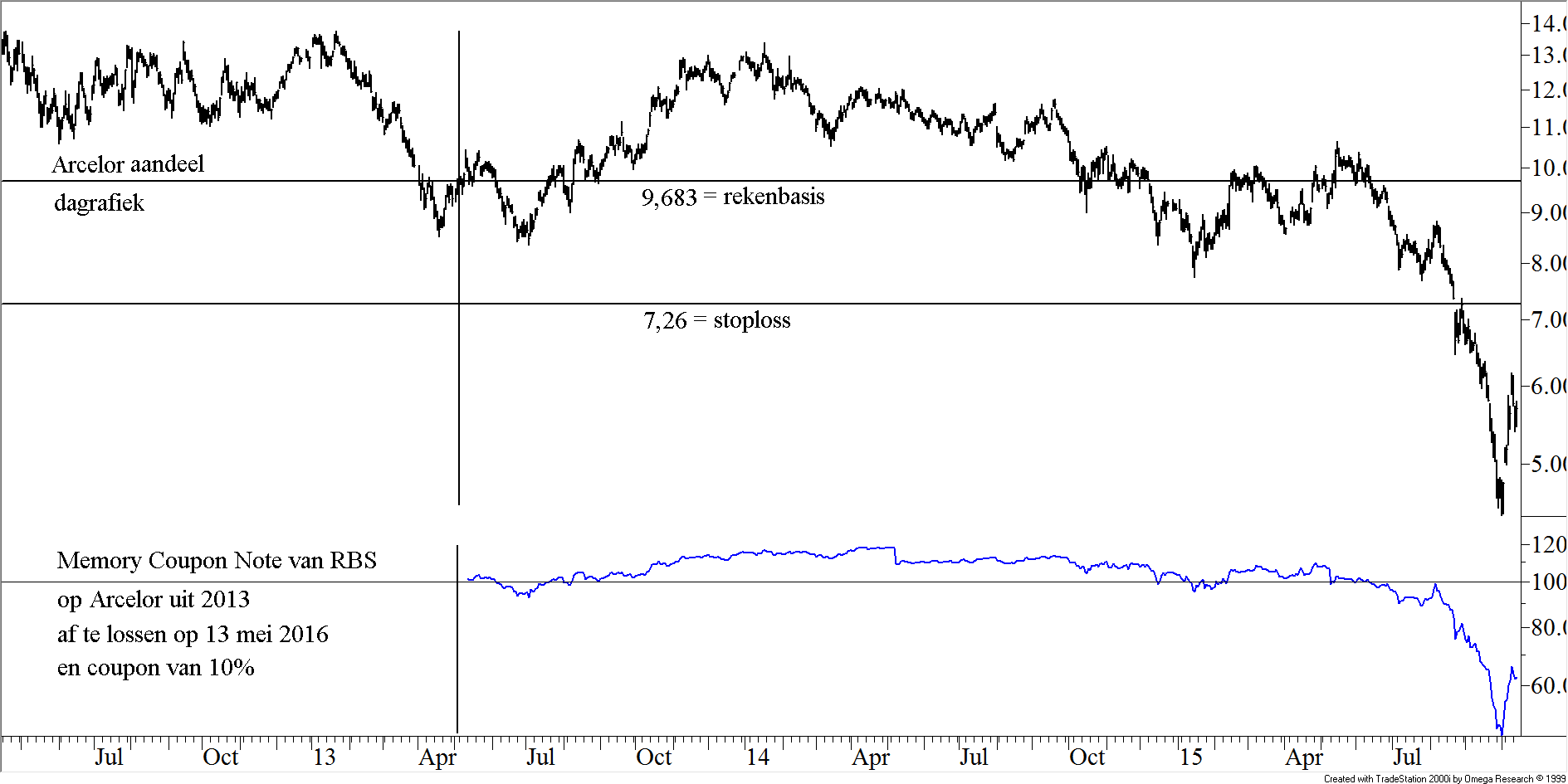


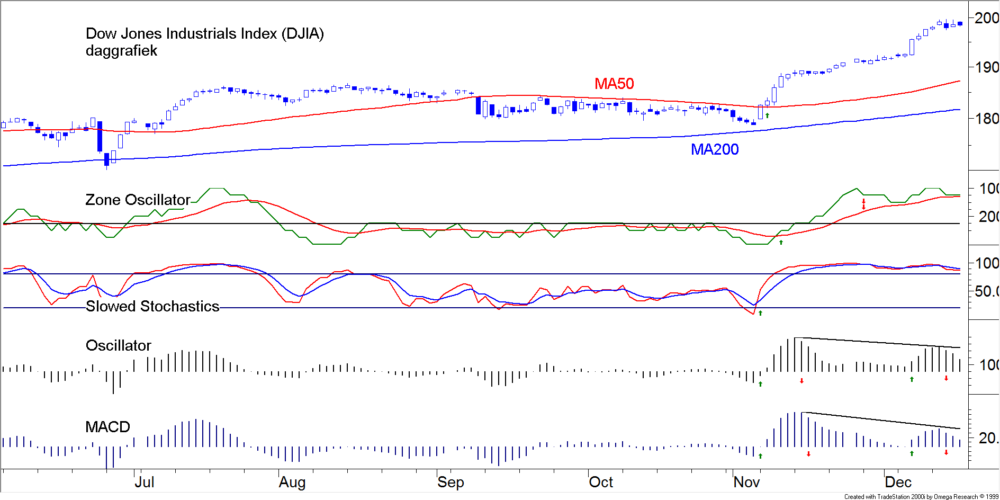
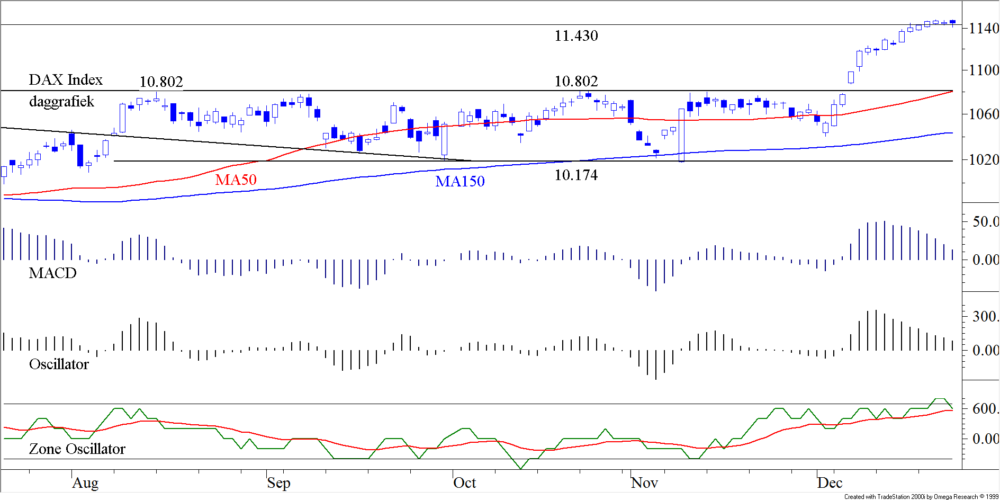
Plaats een Reactie
Meepraten?Draag gerust bij!